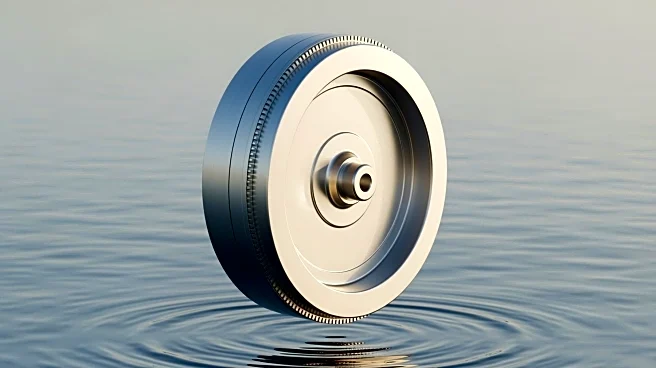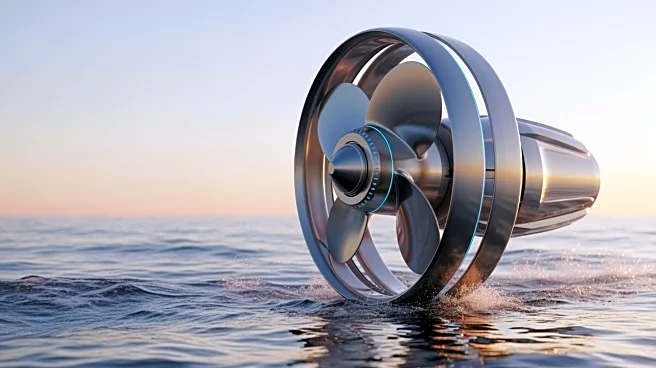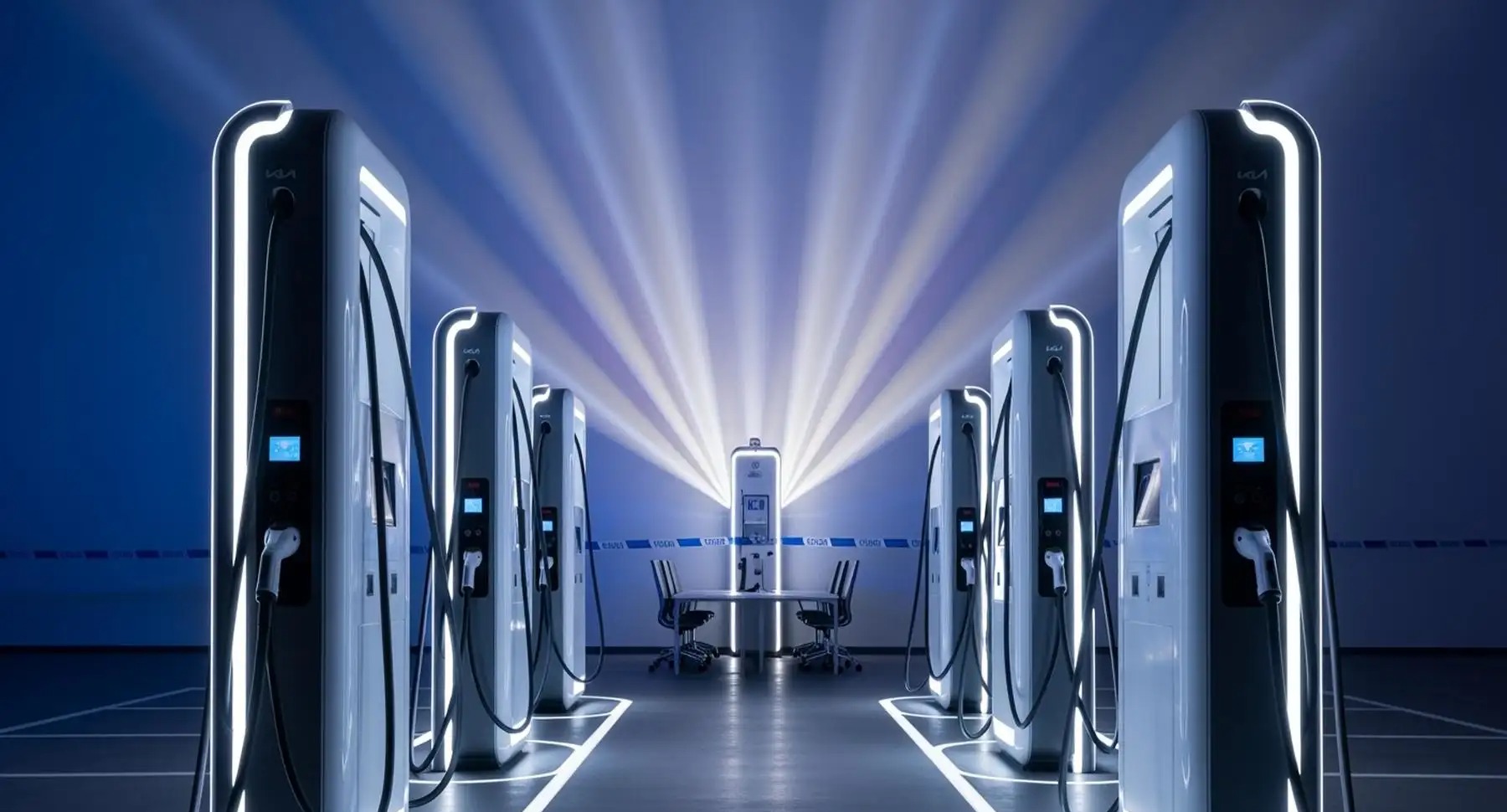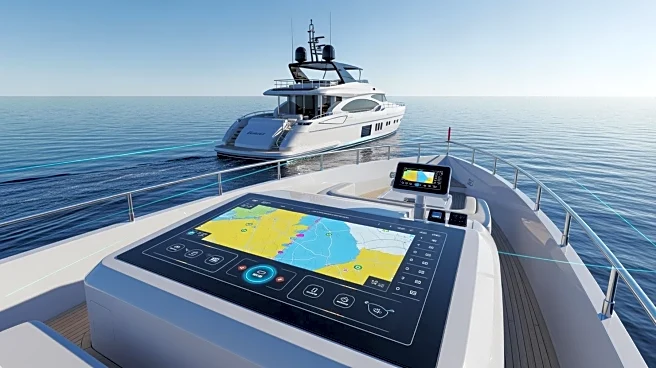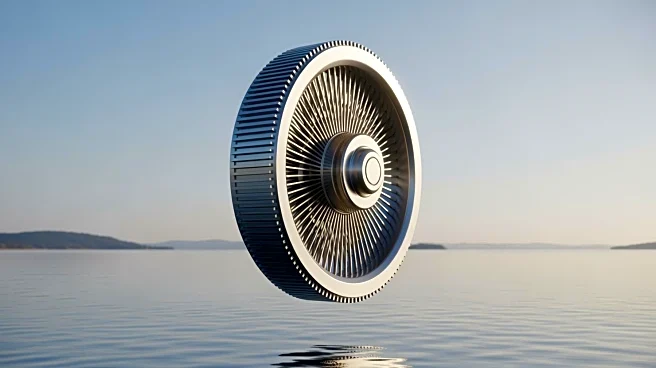What's Happening?
Recent advancements in flywheel technology have opened up new possibilities for its application in short-distance ferry propulsion. Flywheels, traditionally used to smooth power flow in wind turbines, are now being considered for maritime use due to their
high-strength materials and increased hoop strength. Companies like Beacon Power and Shenzen Energy Group have developed high-speed flywheels capable of delivering substantial power with a long usable life expectancy. These flywheels offer a competitive alternative to lithium-ion batteries, especially in terms of durability and cost-effectiveness over long-term use.
Why It's Important?
The potential use of flywheel technology in ferry propulsion could revolutionize the maritime industry by providing a more sustainable and cost-effective energy storage solution. Flywheels offer a significantly longer lifespan compared to traditional battery technologies, reducing the need for frequent replacements and lowering operational costs. This could lead to more environmentally friendly ferry operations, aligning with global efforts to reduce carbon emissions in transportation. The adoption of flywheel technology could also stimulate further research and development in energy storage solutions, benefiting other sectors.
What's Next?
As flywheel technology continues to develop, its application in ferry propulsion will likely undergo further testing and refinement. The maritime industry may see increased investment in this technology, with potential collaborations between energy companies and ferry operators. Regulatory bodies might also consider new guidelines to accommodate the integration of flywheel systems in maritime vessels.
